I was married at 20, and, at age 21, three months before graduating from college, I gave birth to my first child. I was an art major, and my senior project was a large self-portrait, pregnant.
One day, while serving my baby mashed-up bananas with peas (the only way he would eat green vegetables), it occurred to me that it might be a very long time before I'd ever again be able to devote my energies to art. So I cooked up an optimistic three-part plan: For the first five years, I would have children (I went on to have three babies in four years). Next I would launch a career; and, finally, when the children were grown and I had earned my way to greater independence, I would pursue a creative life. I might be a late bloomer, I thought, but that would be OK.
To convince myself that such a goal was even feasible, I wanted to find out if there were any well-known artists who had flourished into their later years. To my great delight, I found many. While taking a graduate class in art history, I decided to write my final paper on artists who had done some of their best work after age 65. I chose three: Frans Hals, who made his most sensitive portraits in his later years and lived to age 85; Henri Matisse, who began making bold and colorful cutouts when his health began to fail in his 80s; and Wassily Kandinsky, whose work became even more playful and spiritual in his late 70s.
I might also have picked Juan Miró, who lived to 90 and never stopped experimenting; or Renoir, who continued to paint for 20 years after developing rheumatoid arthritis; or Picasso, who kept on going right up to the evening he collapsed at a dinner party at the age of 91.
I didn't select any women artists, most likely because they weren't part of the art history curriculum at that time. If I could choose one now, it would be the iconic Georgia O'Keeffe. Although losing much of her vision to macular degeneration, causing her to stop oil painting at 85, O'Keeffe continued to make drawings until two years before her death at 99.
What I learned from my research was not only that maturity's insight can both enrich and deepen the making of art, but also that even old age and infirmity can't stop it. For painters, poets, or writers of any age, art doesn't come from the body; it comes from imagination and desire. And one of the most important aspects of creativity is the willingness to play -- which, paradoxically, artists who live the longest tend to know most about.
I started writing poetry seriously at the age of 40. I took local courses, gave readings and started publishing in literary magazines, but longed for more. When I asked an experienced poet with whom I shared work if he thought I should go to graduate school, he said, "Oh, you're too old for that. Just keep writing."
I reluctantly followed his advice. Besides, I already had an M.A. in photography. But every year I'd request an application from Warren Wilson College, one of the best low-residency programs for poets and writers in the country, start to fill it out, and then tuck it into my desk drawer, unfinished. Finally, after several rounds of this, I decided to attend a summer workshop at the Aspen Writer's Conference. The next year I attended again and, with the encouragement of my instructor, the poet Edward Hirsch, took the plunge and applied to Warren Wilson for real. I wrote and studied for two years, became part of an amazing, ongoing community of writers, and received my M.F.A. in Creative Writing from Warren Wilson College at the age of 55. Even if I hadn't made that commitment, I would have turned 55 anyway, but not with nearly as much joy.
Curiously, although the initial plan I'd hatched at the side of my first baby's high chair didn't play itself out in the neat, linear manner I'd envisioned, I now realize that I did go through all the stages I had first projected, except that I'm still pursuing a full-time career and doing creative work at the same time. This is possible only because of the marvelous phenomenon that art generates energy for its own making.
Most professional artists would no doubt advise against trying to spawn a creative life from scratch in one's later years, and they have a point. It's not easy to acquire the necessary skills and to develop one's craft if you've never attempted it before. And if you're aiming for fame, or even a modicum of recognition, that is the most elusive dream of all, since a track record can take a lifetime to build.
Yet all of this means nothing if you have a pent-up desire from childhood, or even a persistent whisper that calls you to create. Once you've fallen in love with photography, painting, writing, poetry, theater, music -- when the Muse calls, at any time of life, you owe it to yourself to listen.